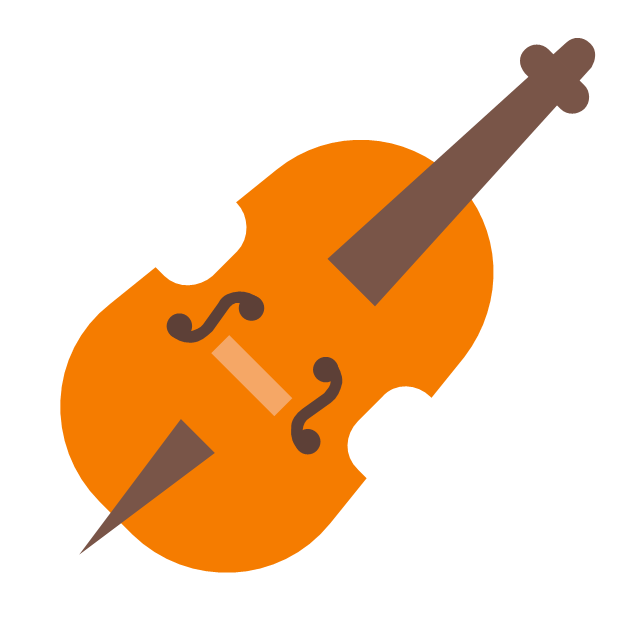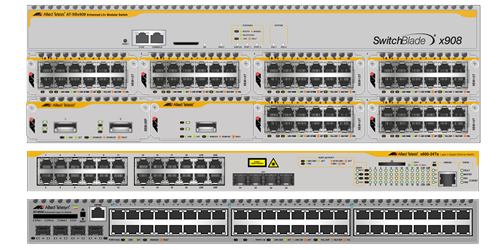

This enables house automation systems to quickly reconfigure even large installations for new uses, with excellent acoustic precision. Delay and level alignment controls are also provided to align loudspeakers correctly for a variety of situations - such as creating precise playback systems for immersive audio applications, stage presentations, sound reinforcement applications, as well as background music purposes.Įach Smart IP loudspeaker offers internal memory to support several complete setups that can be easily recalled using public API commands. These include a bank of 20 parametric filters that can be set to work as notches and high/low frequency shelving filters, to precisely compensate for room colouration effects. Genelec Smart IP offers a complete set of acoustic controls inside each loudspeaker. Although we gave users interfaces to better manage their categories and shapes, having hard coded categories and sub-categories was pretty much an untenable situation and we needed to make a change.Absolutely. What actually dropped was the default Elevation shape:įast forward 15 years and we now service many more industries than residential AV and we have close to 1,000 product categories and sub-categories that we attempt to keep track of. If you were dragging a product from the product editor with a misspelled subcategory then the software would not be able to find the shape and it would drop the default elevation shape for that category. In the case of the misspelled subwoofer dragging the subwoofer shape from the Visio stencil would only get you the product choices that were spelled correctly. It all worked as expected as long as your data was perfect.

If the user was dragging a product from the Product Editor or PDM (as it was called back then), then the software would use the same filter criteria and find a shape where the stencil named = Speakers and the shape name = subwoofer and drop the appropriate shape.Īll good until someone spells subwoofer as sub-woofer or sub or woofer or anything that is not spelled exactly “subwoofer”. If the user dragged out the Visio shape named “subwoofer” the software would use the category/subcategory as a filter so the user was just presented with product choices of Speakers/Subwoofers instead of the entire product catalog. A subwoofer is a subcategory/type of the Speakers category. For example take a product like a subwoofer. Basically the category had to equal the Visio stencil name and the Visio shape name had to equal the subcategory/type. If memory serves we shipped with about a dozen categories that easily covered the product needs of our customers.īack then we had some simple, hard coded rules for shape and category assignment. At that time it was mostly AV oriented and did not need a lot of product categories.

In 1998 when D-Tools was first introduced its target market was the residential electronics installation industry.


 0 kommentar(er)
0 kommentar(er)
